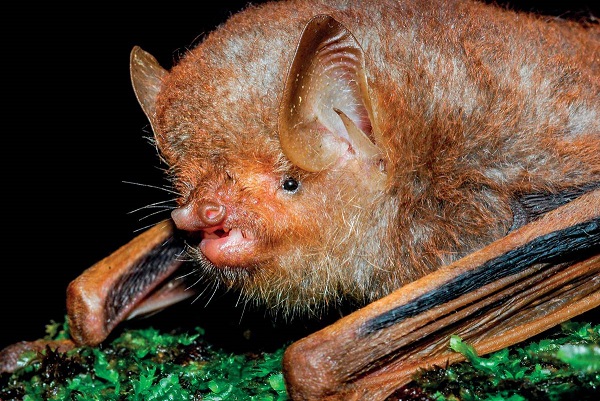
Wool-winged tube-nosed bats are forest bats that feed on beetles. This species is found in Java. In the same environment, dark brown bats (< Kerivoula furva>) Rhinolophus macroetalis and mesotubularis. Rare species. However, in recent years, with the deepening of the investigation, the distrib...
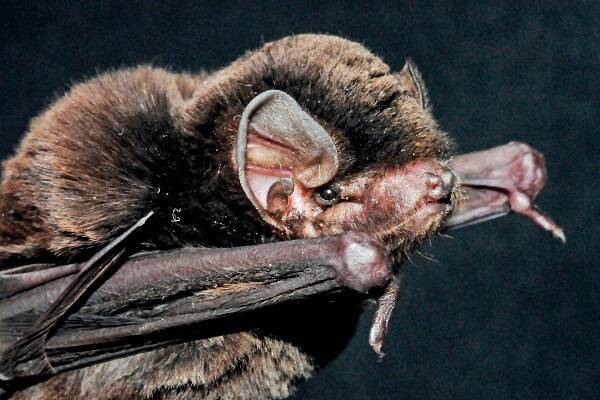
Any of several small long-winged bats, endemic in China to the south of the Asian long-winged bat, inhawing rock burrows and often gathering in groups of dozens or hundreds of individuals. Living in the same cave are the great hoofed bat, the Chinese chrysanthemum bat, the sheath tail bat and so on....
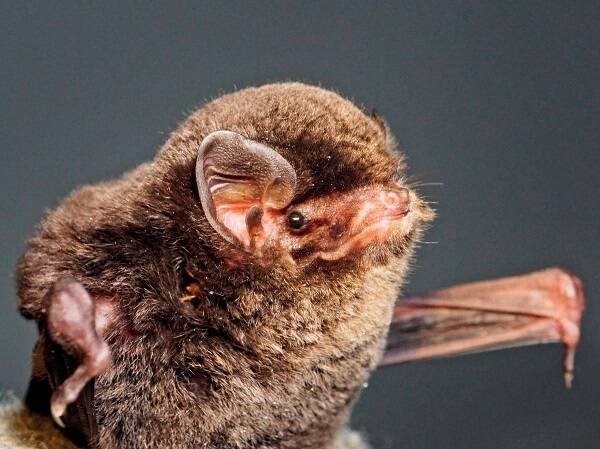
Asian long-winged bats live in large limestone caves in dark, wet water, gathering in large groups of thousands or even tens of thousands of individuals on top of the cave walls. It has a hibernation habit. They feed on small flying insects, especially hymenoptera and diptera. Miniopterus schreibers...

The little Yellow bat, which ranges from sea level to 1100m above sea level, is a highly adaptable bat species. Colonies of tens to hundreds of individuals have been known to congregate in temples, caves, hollow trees, palm leaves, roofs and walls of buildings, abandoned buildings, and tree hollows....
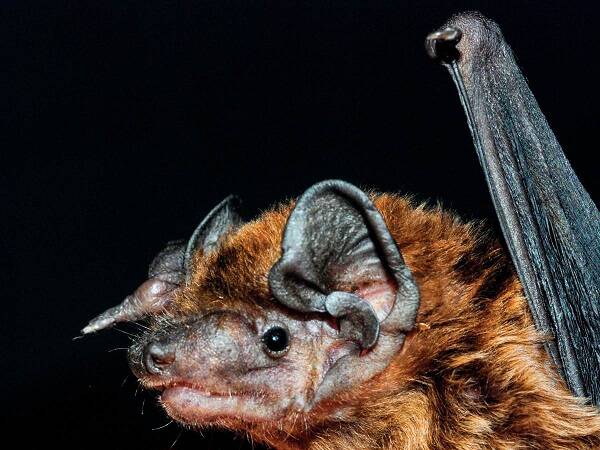
The Chinese bat lives in old buildings, tree holes and caves. The cluster is usually lurking in the ceiling mezzanine, eaves and wall cracks, sometimes with the pipistrella, brown bat and the same habitat. The pregnancy period is about 2 months, the lactation period is 6-7 weeks, and each fetus is 1...
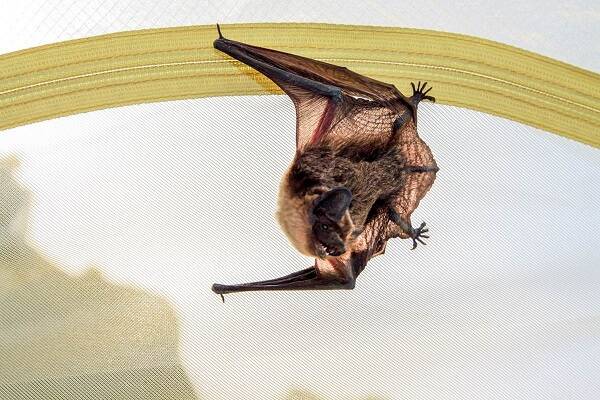
Brown bats live in small groups. Generally, more than 10 clusters are active, and many are about 100. Mating before hibernation, females do not ovulate. The following spring ovulation is fertilized by sperm stored in the uterus. Gestation period 50 ~ 60d, 5 ~ 6 months to give birth. Lactation period...
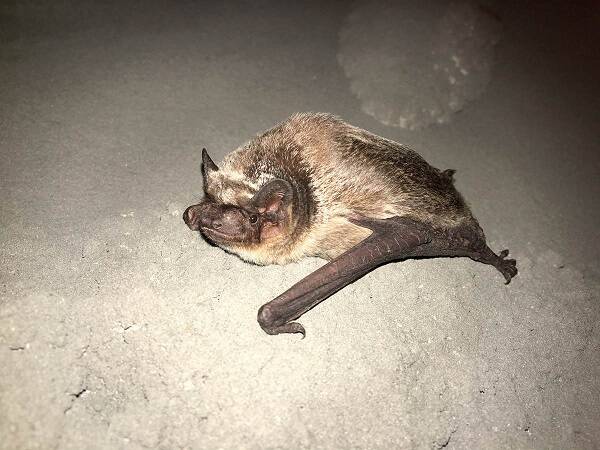
Eastern bats belong to human animals, often inhabit all kinds of artificial buildings, such as houses or building roof frames, ceilings, door and window frames and bridge gaps, can crawl or hang upside down in the gap between the roof beams of the shed. The number of populations varies greatly, few...

The Mountain Beaver (Aplodontia rufa) has seven subspecies.Mountain beavers live in burrows like most other rodents and have a good sense of smell and touch, relying less on sight and hearing. Eating plants, including their shells, can eat species such as cuckoos and nettles that are toxic to other...
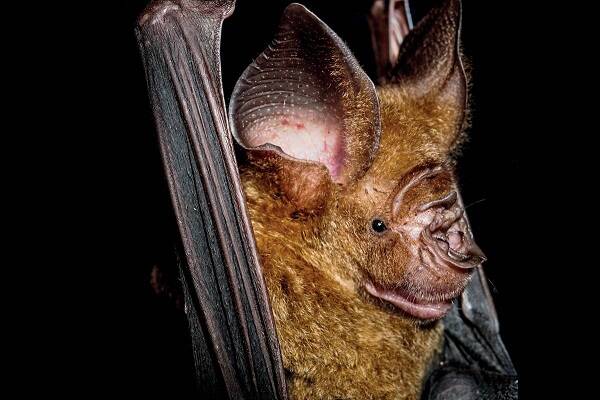
The Przewalski's bat is a large bat that lives in large, damp, dark caves. In large groups of dozens or hundreds of bats, many other bats can be seen in the same hole, but they do not mix. Go out at night. It eats insects. Because the males of this species form particularly well-developed skin l...
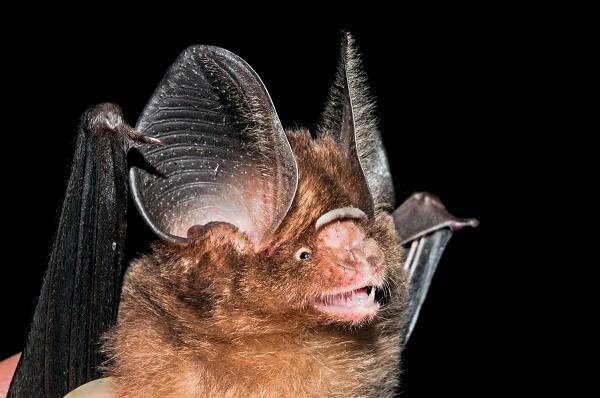
Lesser hoofed bats are smaller. It lives in wet caves or abandoned bomb shelters. It is a relatively common species, usually gathering tens or hundreds of large groups, and other species of bats can be seen in the same cave. Nocturnal activity. Insectivorous, mostly lepidoptera insects.Fly in the ev...
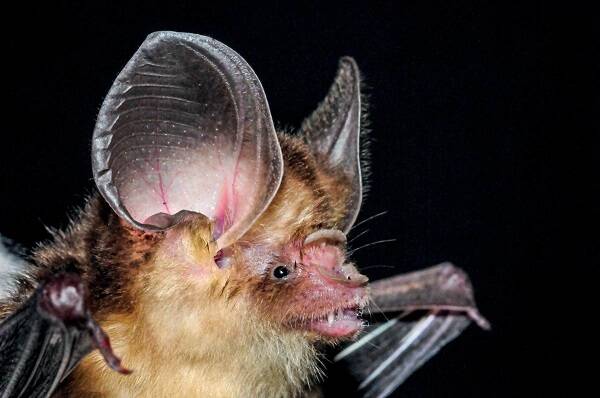
The grey horseshoe bat is a cave bat. About 50 species were found in the air raid shelter of Zhidong Village, Mingjiang Town, Chongzuo Ning, Guangxi. It is found in Gulong Cave and Shuangbai Mine in Yuanjiang, Yunnan. Also living in the same caves are the small hoofed bats...
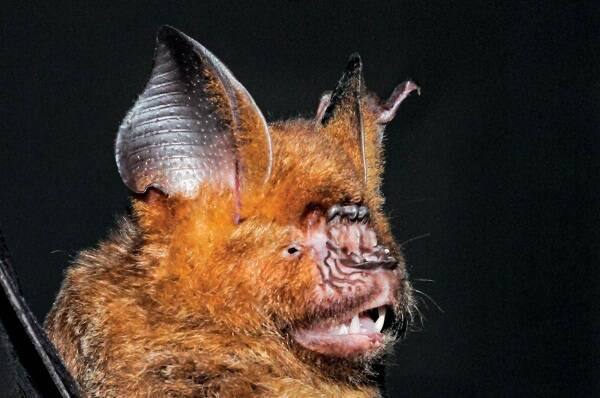
The big horseshoe bat is very large, with forearms up to nearly 100 mm, ears are also large, triangular, hair is long and dense, body color changes, back color smoke brown or even black brown, belly color gray brown, some purple brown.Large horseshoe bats often live in tens or hundreds of individual...
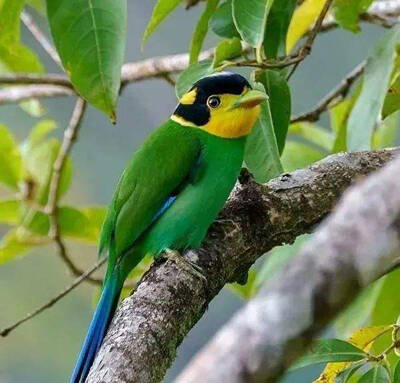
The foreign name of the long-tailed broadbill is Long-tailed Broadbill, and there are 5 subspecies.Long-tailed broadbill is often seen in groups of more than ten or even twenty or thirty, foraging; they mainly feed on insects and fruits. They usually live quietly on bushes or small trees in the shad...
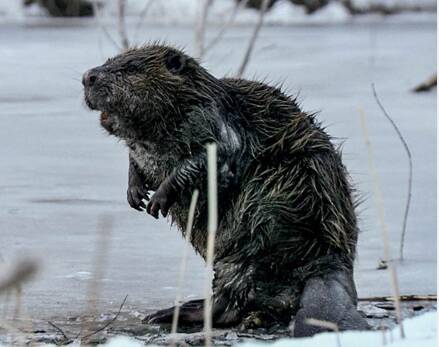
There are only two species of beavers in the world. The other is the American beaver, which is distributed in Canada and Alaska, USA. Beavers are highly adapted to aquatic life and can move underwater for a long time. They have the habit of building dams with branches and trunks and nesting next to...
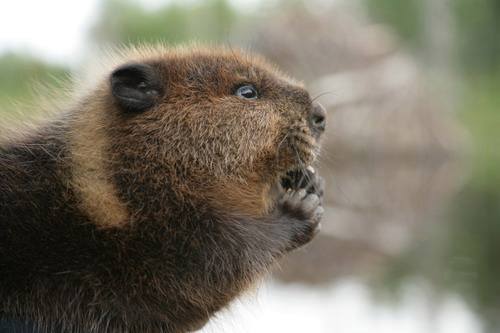
Beaver is called Eurasian Beaver in English, and there are 7 subspecies.Beavers are active at night and rarely leave their holes during the day. They are good at swimming and diving and do not hibernate. Beavers have a unique ability to build dams. Wherever beavers live or have lived, there is a pon...